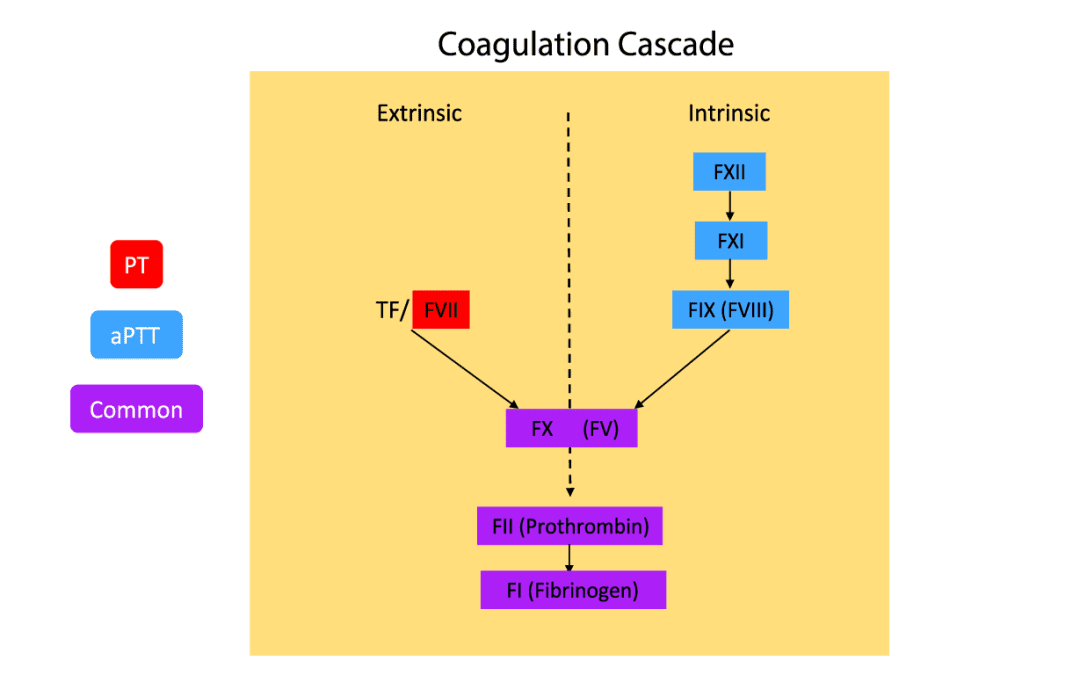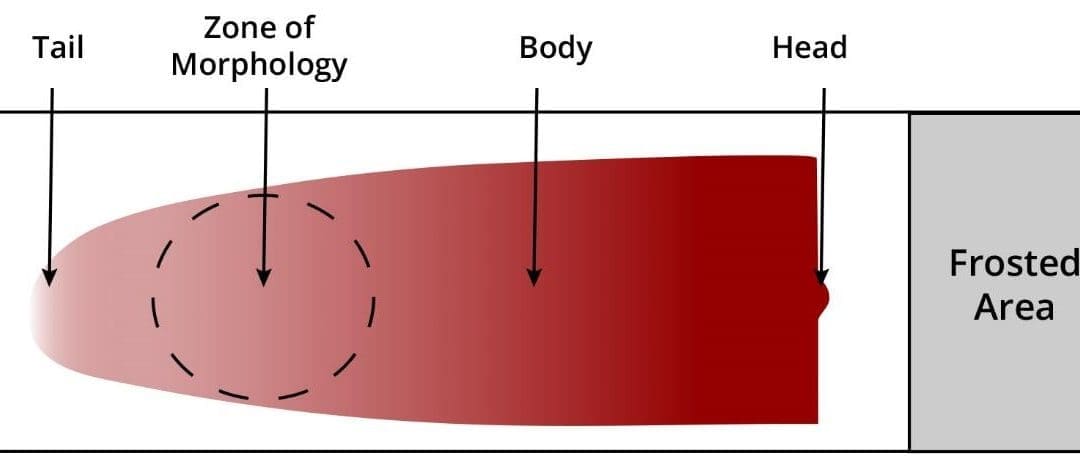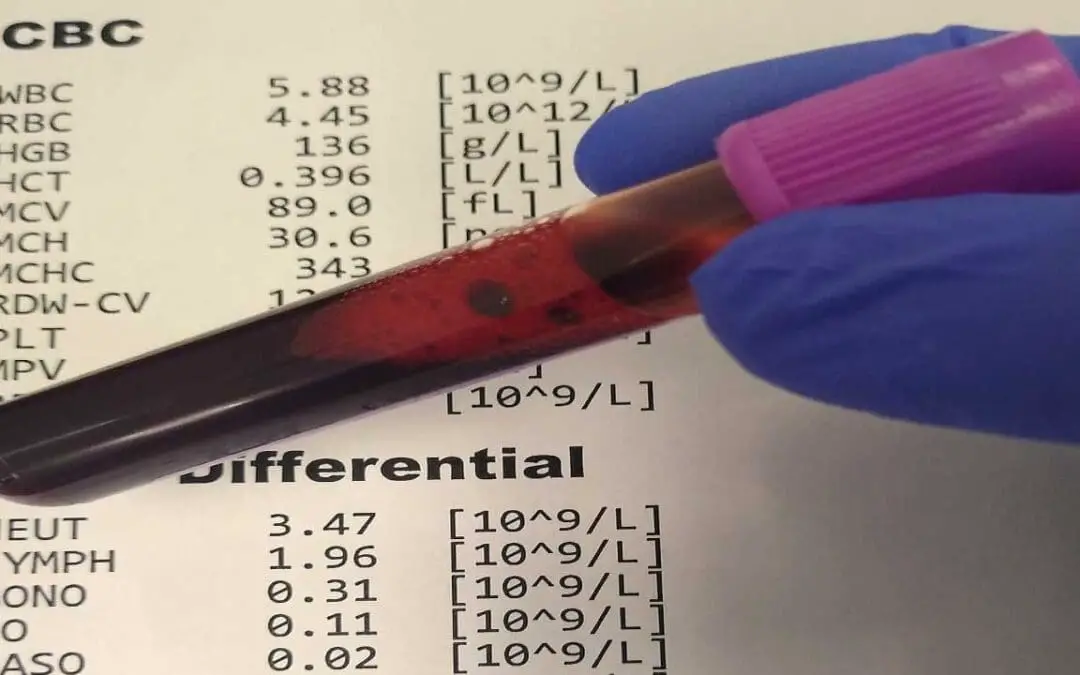
by MH Team | Oct 31, 2023 | Lab Protocols, Platelet Disorders
Introduction The prothrombin time (PT) test is a blood test that measures how long it takes for a blood clot to form. It is one of the most common blood tests performed in the world, and it is used to diagnose and monitor a variety of bleeding and clotting disorders....

by MH Team | Oct 30, 2023 | Lab Protocols, Red Blood Cells
Introduction The Erythrocyte Sedimentation Rate (ESR) test, also known as the sed rate or Westergren test, is a non-specific blood test that measures the rate at which red blood cells (RBCs) settle at the bottom of a tube. It is a simple and inexpensive test that can...

by MH Team | Oct 30, 2023 | Lab Protocols, Red Blood Cells
Introduction Brilliant Cresyl Blue (BCB) or new methylene blue (NMB) stains are also known as supravital stains. These stains are commonly used to stain reticulocytes, Heinz bodies or H inclusions. Enumeration of reticulocytes is a simple technique to assess bone...

by MH Team | Oct 30, 2023 | Lab Protocols, Red Blood Cells
Introduction Peripheral blood smears are usually ordered together with a full blood count. A full blood count is able to give the quantitative results of the blood cells whereas morphological abnormalities of the blood cells are viewed from the blood smear. Using...

by MH Team | Oct 30, 2023 | Lab Protocols, Red Blood Cells
Introduction A Complete Blood Count (CBC) with Differential is a common and fundamental blood test that provides a detailed overview of the different types of cells circulating in the blood. It measures the number, size, and characteristics of Red Blood Cells (RBCs):...







Recent Comments